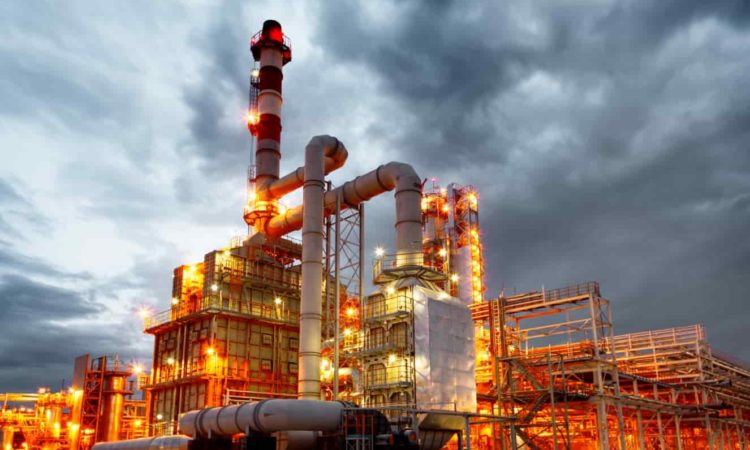Rumored Buzz on Roar Solutions
Wiki Article
Roar Solutions Fundamentals Explained
In such an atmosphere a fire or explosion is possible when three basic conditions are satisfied. This is usually described as the "unsafe location" or "burning" triangular. In order to protect installations from a potential surge a method of analysing and categorizing a potentially hazardous location is called for. The objective of this is to make certain the right option and installment of equipment to ultimately prevent a surge and to make certain safety and security of life.
(https://www.wattpad.com/user/roarsolutions)
No tools should be set up where the surface temperature level of the tools is above the ignition temperature of the given hazard. Below are some common dust dangerous and their minimum ignition temperature level. Coal Dust 380C 225C Polythene 420C (thaws) Methyl Cellulose 420C 320C Starch 460C 435C Flour 490C 340C Sugar 490C 460C Grain Dirt 510C 300C Phenolic Material 530C > 450C Aluminium 590C > 450C PVC 700C > 450C Soot 810C 570C The possibility of the risk existing in a concentration high sufficient to trigger an ignition will vary from area to area.
In order to classify this danger an installation is split right into areas of risk relying on the quantity of time the unsafe exists. These areas are described as Areas. For gases and vapours and dirts and fibers there are 3 areas. Area 0 Area 20 A hazardous atmosphere is extremely likely to be present and might be existing for long periods of time (> 1000 hours per year) and even continuously Area 1 Area 21 An unsafe ambience is possible however unlikely to be existing for lengthy durations of time (> 10 450 C [842 F] A category of T6 implies the minimum ignition temperature level is > 85 C [185 F] Harmful area electric tools perhaps developed for usage in higher ambient temperature levels. This would certainly showed on the score plate e.g. EExe II C T3 Ta + 60C( This suggests at 60C ambient T3 will certainly not be surpassed) T1 T1, T2, T3, T4, T5, T6 T2 T2, T3, T4, T5, T6 T3 T3, T4, T5, T6 T4 T4, T5, T6 T5 T5, T6 T6 T6 A T Class rating of T1 means the optimum surface temperature created by the tool at 40 C is 450 C. Assuming the connected T Class and Temperature level rating for the tools are proper for the area, you can always utilize an instrument with an extra rigid Department rating than needed for the location. There isn't a clear answer to this inquiry sadly. It truly does depend on the kind of tools and what repair services need to be brought out. Tools with particular examination procedures that can not be performed in the area in order to achieve/maintain 3rd party rating. Should return to the manufacturing facility if it is before the devices's solution. look at this website Field Repair By Authorised Employee: Difficult screening might not be required nonetheless specific procedures might require to be followed in order for the equipment to preserve its 3rd party rating. Authorised workers need to be used to perform the work correctly Repair service must be a like for like replacement. New element need to be considered as a direct replacement requiring no special testing of the equipment after the repair service is full. Each item of tools with a dangerous score must be assessed independently. These are described at a high degree below, but also for more detailed information, please refer straight to the standards.
What Does Roar Solutions Mean?
The devices register is a comprehensive data source of devices records that includes a minimum set of fields to determine each item's location, technical criteria, Ex category, age, and environmental information. The ratio of Comprehensive to Shut evaluations will certainly be figured out by the Equipment Danger, which is analyzed based on ignition danger (the likelihood of a source of ignition versus the chance of a combustible ambience )and the hazardous location classification( Zone 0Area 1, or 2). Implementing a durable Risk-Based Inspection( RBI )method is vital for making certain compliance and security in managing Electric Devices in Hazardous Locations( EEHA).
Some Known Incorrect Statements About Roar Solutions

In terms of eruptive danger, a harmful location is an atmosphere in which an explosive atmosphere is existing (or might be expected to be existing) in amounts that need special precautions for the building and construction, installation and use of equipment. Roar Solutions. In this article we discover the obstacles faced in the office, the danger control measures, and the needed proficiencies to function safely
These materials can, in particular conditions, create eruptive atmospheres and these can have significant and heartbreaking effects. Most of us are acquainted with the fire triangular get rid of any one of the three elements and the fire can not occur, but what does this mean in the context of dangerous locations?
In the majority of circumstances, we can do little about the degrees of oxygen airborne, however we can have significant influence on resources of ignition, for instance electric equipment. Dangerous areas are documented on the harmful location category illustration and are recognized on-site by the triangular "EX-SPOUSE" indicator. Here, among various other vital details, zones are split into 3 types depending on the risk, the probability and period that an eruptive ambience will certainly exist; Zone 0 or 20 is considered the most dangerous and Area 2 or 22 is deemed the least.
Report this wiki page